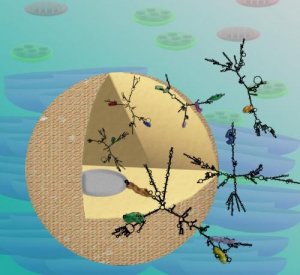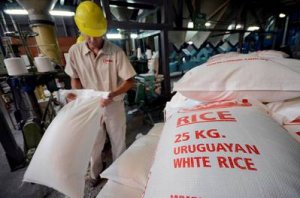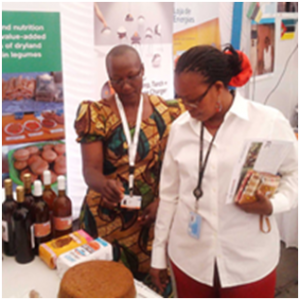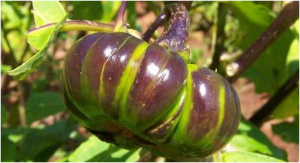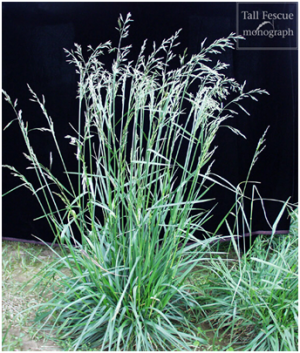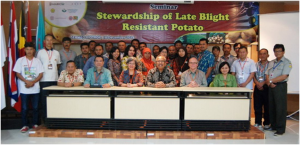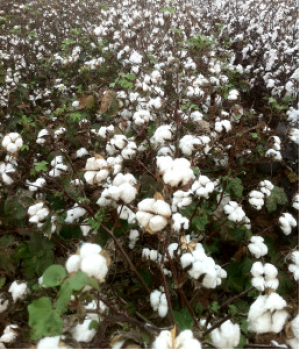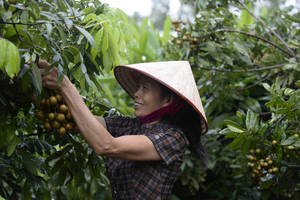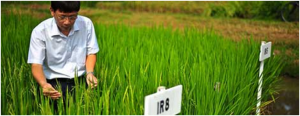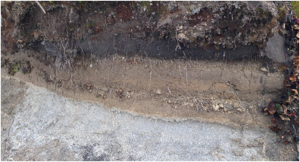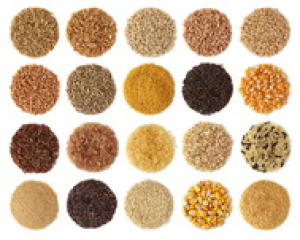|
CRISPR-Cas9 and TALENs Used to Generate Mutants for Studying Small RNA in Legumes
Thursday, 2017/12/14 | 08:09:55
|
|
Processing of double-stranded RNA precursors is essential in regulating gene expression in plant development and stress response. Small RNA processing requires the activity of a diverse group of components. However, in most plant species, there are insufficient mutant resources to study each component. Hence, the team of Shaun J. Curtin from the University of Minnesota generated legume mutants that represent mutations in each loci involved in small RNA processing in soybean (Glycine max) and alfalfa (Medicago truncatula) using CRISPR-Cas9 and TALENs platforms.
A CRISPR-Cas9 reagent was used to create a bi-allelic double mutant for the two soybean paralogs for the Double-stranded RNA-binding2 gene (Gmdrb2ab mutant). Meanwhile, a CRISPR-Cas9-generated alfalfa mutant without the Hua enhancer1 (MtHen1) gene was also developed. All mutations were found to be transmissible.
On the other hand, TALENs was used to generate a mutation within the soybean Dicer-like2 gene. CRISPR-Cas9 mutagenesis of the soybean Dicer-like3 gene and the GmHen1a gene was observed, but were not transmitted to the next generation.
Finally, a set of mutant combinations was generated by combining the previously reported mutants with the Gmdrb2ab double mutant.
This study demonstrates the use of genome engineering platforms to generate a collection of useful mutant plant lines for future study of small RNA processing in legume crops.
For more on this study, read the article in Plant Biotechnology Journal. |
|
|
|
[ Other News ]___________________________________________________
|


 Curently online :
Curently online :
 Total visitors :
Total visitors :
